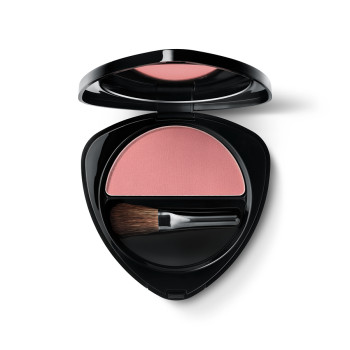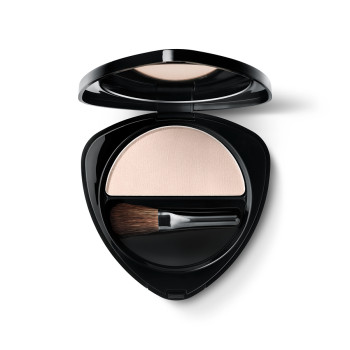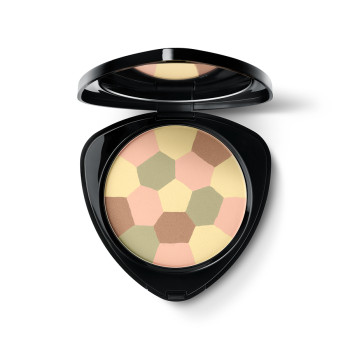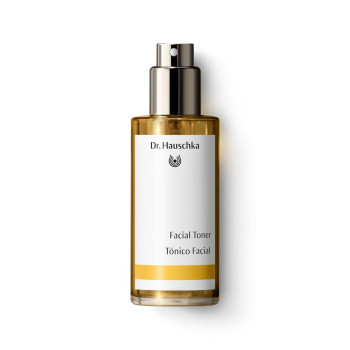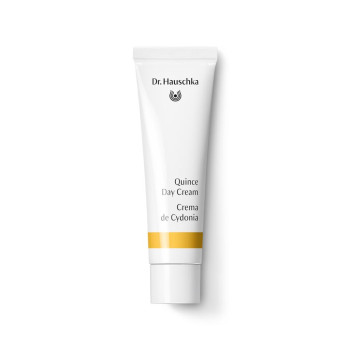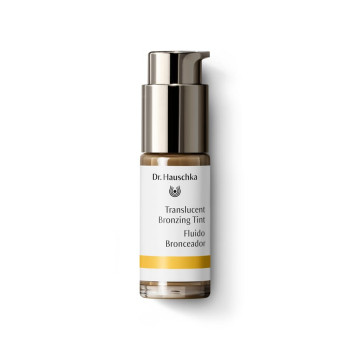
Witch Hazel
Synonyms: snapping hazel, winterbloom, wych-hazel, stripped alder, spotted alder, tobacco wood
Scientific Name: Hamamelis virginiana
Family: Hamamelidaceae
Habitat
Witch hazel grows wild on the Atlantic coast of North America.
Constituents
Tannins (hamamelitannin), volatile oils, organic acids, flavonoids
Description
This shrub, which can grow into a tree up to 26 ft/8 m high, in many ways appears bewitched. In the autumn when most of nature begins to rest, fragrant yellow flowers with narrow, ribbonlike petals, appear between the hazelnut-like leaves like harbingers of spring, enveloping all the branches like small stars. The longish fruits, angular at the top, do not mature until the following summer to autumn such that the shrub bears fruits and flowers at the same time. When the fruit reaches full maturity it bursts open at the top scattering its seeds to a distance of several meters.
Interesting Facts
The name hamamelis is made up of the ancient Greek words hama meaning simultaneously and melon meaning apple or fruit, a reference to the simultaneous appearance of flowers and fruit on the shrub. The name may also come from the word hamatus meaning hooked, angular, which refers to the shape of the fruit.
The first people to use witch hazel were the North American Native Americans. European settlers saw the amazing effects they achieved with this plant, which was how it found its way to Europe in the 18th century. Incidentally, the Native Americans also used witch hazel branches to make bows and as divining rods to locate water and mineral deposits.
The plant from another perspective
The toning effect of witch hazel appears to be reflected in the controlled expression of the shrub: its growth is reserved rather than luxuriant; the flowers, which are not luxuriant in appearance either, are held back until the autumn; the leaves are a little hard, stable in shape and do not wilt easily. As a shrub it is more closely associated with the earth and counteracts fiery, inflammatory processes. And the strong power of the sun appears to be concentrated in the witch hazel shrub, which absorbs the sun throughout the spring and summer and does not release any of the collected energy. Only in the autumn, with the blossoming of its star-shaped flowers, does it open itself to the aerial, astral realm. Thus the flowers are also pollinated by the wind. The plant gives us the entire concentrated power of the sun and thus stimulates our vitality.
The plant in our products
Witch hazel is one of the key plants in Dr. Hauschka Skin Care. WALA essences from the leaves and bark are used in almost all face care products and in many of Make-up products, e.g. in:
